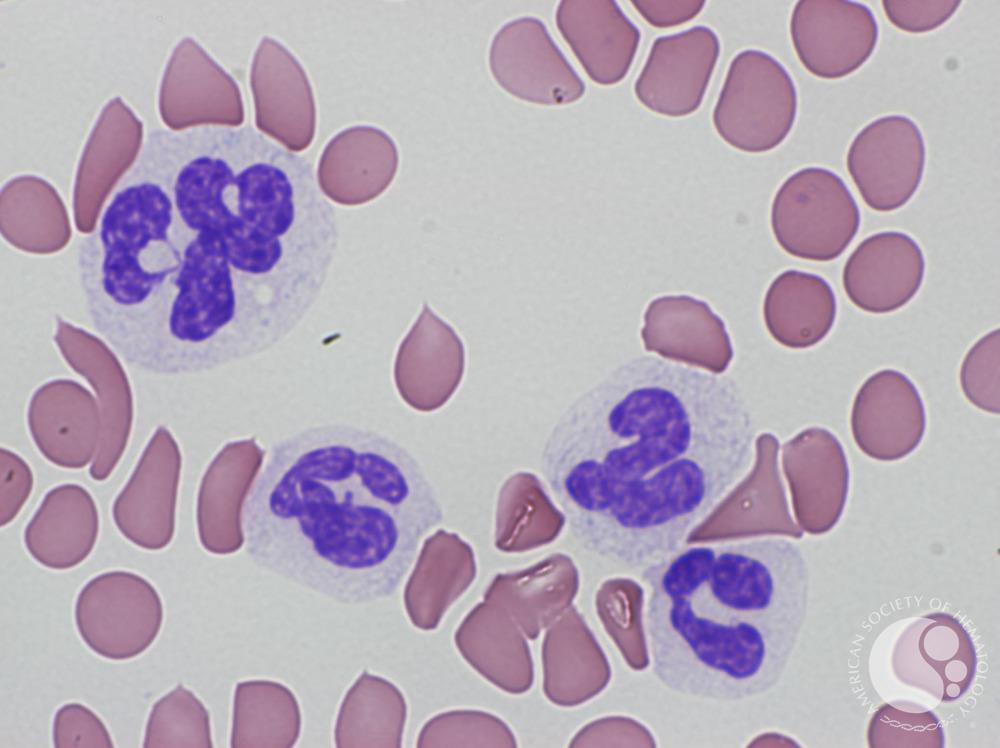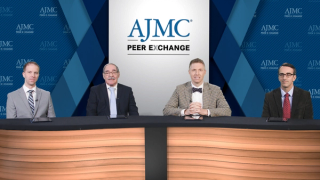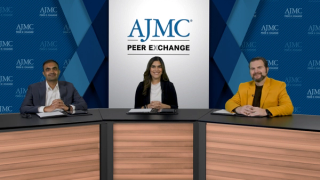
Clinical
Latest News
Latest Videos

CME Content
More News
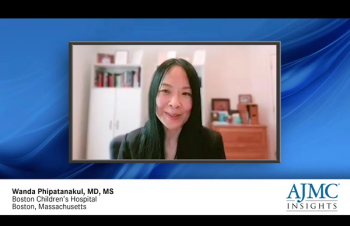
Panelists discuss how type 2 inflammatory diseases, such as asthma, atopic dermatitis, and chronic rhinosinusitis, can significantly impair patients’ quality of life through persistent symptoms and limitations in daily activities.

Immunosuppressants used in adeno-associated virus (AAV) gene therapy for monogenic disorders present an adverse effect profile that is consistent with high-dose steroid use in other conditions, according to a meta-study that analyzed immunosuppressive protocols.

Findings of a systematic review highlight the need for standardized assessment tools and targeted treatments for chronic cough in patients with idiopathic pulmonary fibrosis and other interstitial lung diseases.
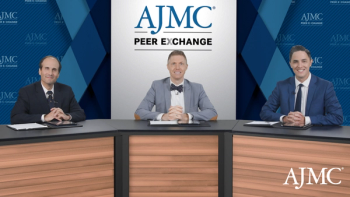
Medical experts compare the efficacy and safety of new therapies, including FTD/TPI plus bevacizumab and fruquintinib, to regorafenib for metastatic colorectal cancer.

Medical experts discuss additional factors for sequencing therapies such as FTD/TPI plus bevacizumab, fruquintinib, and regorafenib, and identify future research needs for optimizing therapy sequences.

Medical experts highlight key data from the FRESCO-2 trial on fruquintinib for previously treated metastatic colorectal cancer, focusing on study population, efficacy, and safety, and discuss real-world experience with fruquintinib compared with trial outcomes.

Cases of atrial arrhythmia in patients with Duchenne muscular dystrophy (DMD) are common but lack a standard solution, and more long-term data on the management of arrhythmias in DMD are needed.

Hilary Baldwin, MD, FAAD, highlighted diagnostic complexities and shared treatment strategies for rosacea in patients with darker skin tones at the Skin of Color Update in New York City last Friday.

A substantial overall survival (OS) disparity by race and ethnicity was found in patients with colorectal cancer (CRC), with socioeconomic status and tumor molecular features largely contributing to the difference in OS.

Valerie M. Harvey, MD, MPH, FAAD, founder of the Hampton Roads Center for Dermatology, highlighted the long-standing underrepresentation of minority populations in dermatology clinical trials at the Skin of Color Update 2024 in New York City on Friday.

MYL-1701P displayed similar efficacy, safety, and immunogenicity when compared with reference aflibercept to treat diabetic macular edema.

Here we conclude our discussion with David P. Carbone, MD, PhD, The Ohio State University, by addressing the importance of both advocacy for and education on biomarker testing in the lung cancer space.

The first overall survival analysis of the KEYNOTE-522 trial showed positive outcomes with neoadjuvant pembrolizumab plus chemotherapy followed by adjuvant pembrolizumab monotherapy vs neoadjuvant chemotherapy alone in high-risk early-stage triple-negative breast cancer (TNBC).

The FDA has approved lebrikizumab (Ebglyss; Eli Lilly) as a new first-line biologic treatment for patients aged 12 and older with moderate to severe atopic dermatitis (AD).

A panel of medical experts examines the challenges in managing co-morbid cardiometabolic conditions, emphasizing the most prevalent complications associated with this disease state.

Experts in the field of cardiometabolic risk management analyze the link between obesity and cardiometabolic conditions, outlining challenges and proposing potential solutions.

Researchers say machine learning advances make it possible to use more sophisticated body composition analyses to assess risk of mortality from idiopathic pulmonary fibrosis (IPF).

While neoadjuvant therapy in stage III or greater melanoma is already the standard of care, new research presented at European Society of Medical Oncology (ESMO) Congress 2024 shows that what therapy is used is important for outcomes.

Using real-world data, researchers compared 2 chimeric antigen receptor (CAR) T-cell therapies with a bispecific antibody, teclistamab, in multiple myeloma (MM).

Experts at the Skin of Color Update today in New York City highlighted recent FDA-approved dermatological treatments and emphasized the importance of clinical trial diversity.

It’s hard for practicing oncologists to stay on top of the latest clinical data, but good partnerships and clinical decision support tools can assist.

Celiac disease presents a higher risk for developing malignant neoplasms, including small intestine, lymphoma, and skin cancers, but presents a lower risk for respiratory malignancies.

Developers anticipate releasing full efficacy results from the phase 2 THIO-101 trial later this year.

Danish patients who were diagnosed with certain lymphomas and other B-cell malignancies demonstrated increased antimicrobial use for at least a decade before their diagnosis.
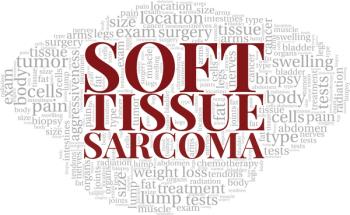
The FDA granted orphan drug designation for elraglusib, a novel drug for treating advanced soft tissue sarcoma.





